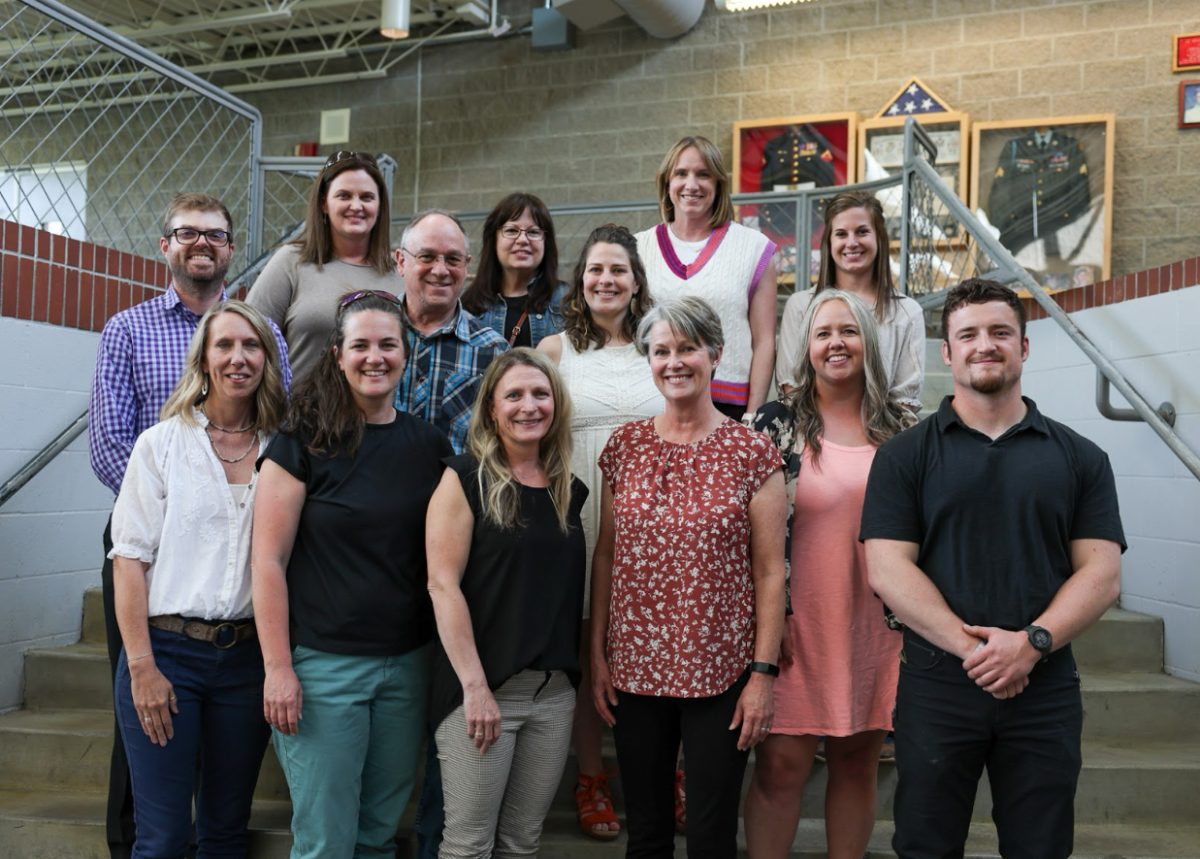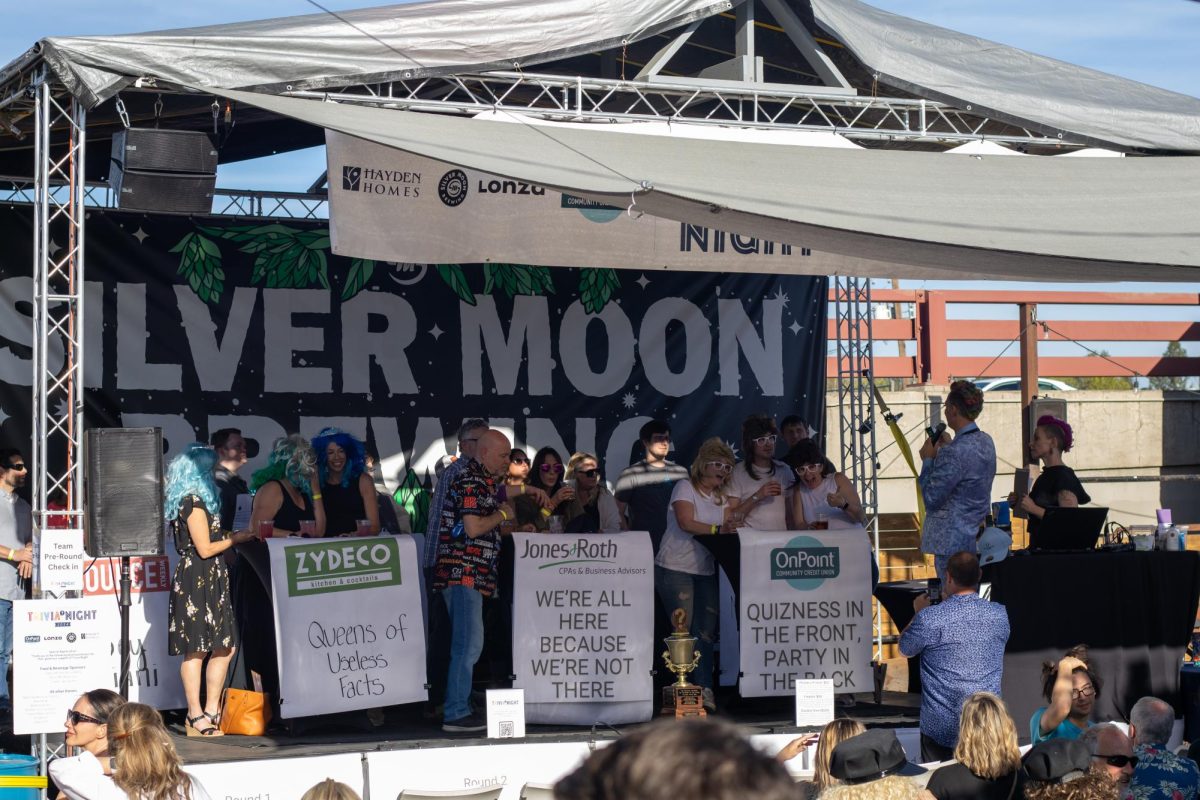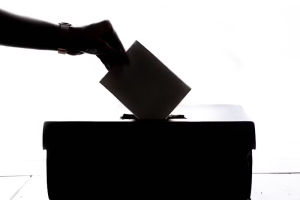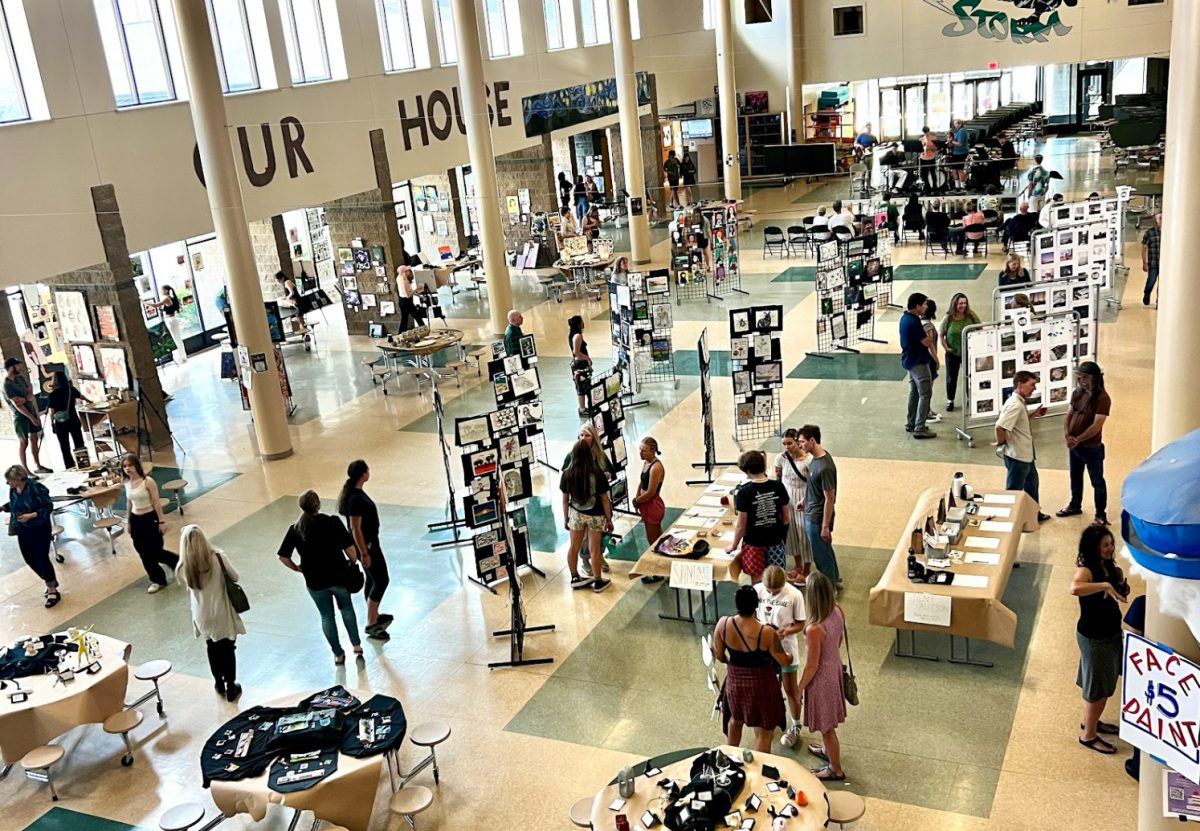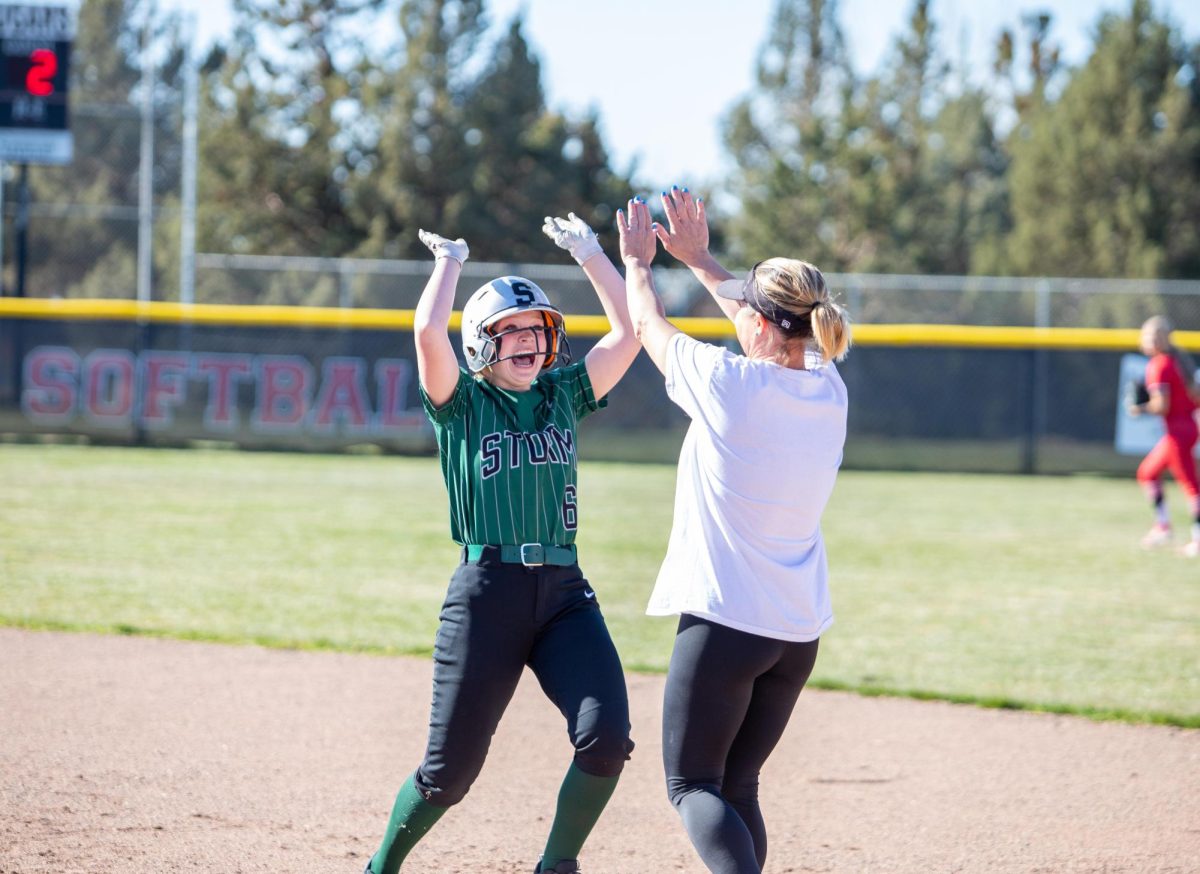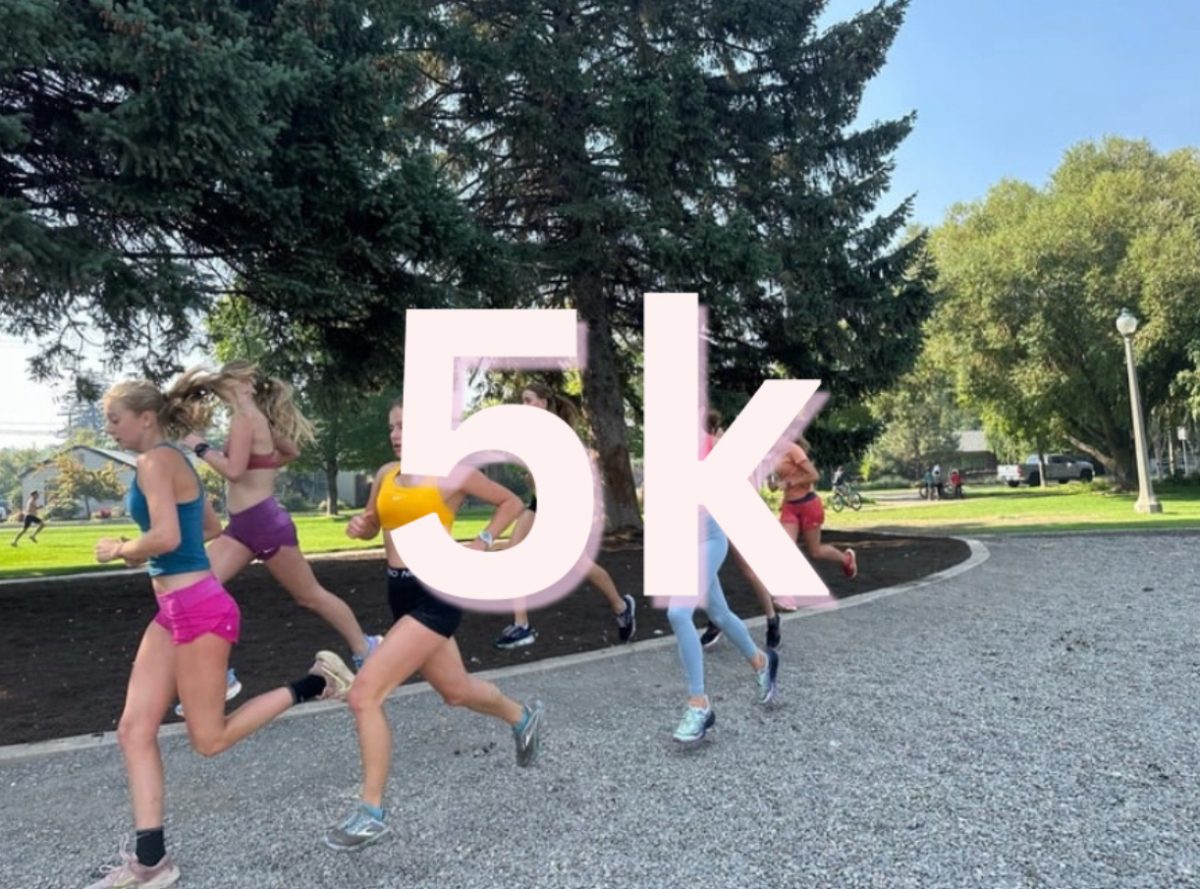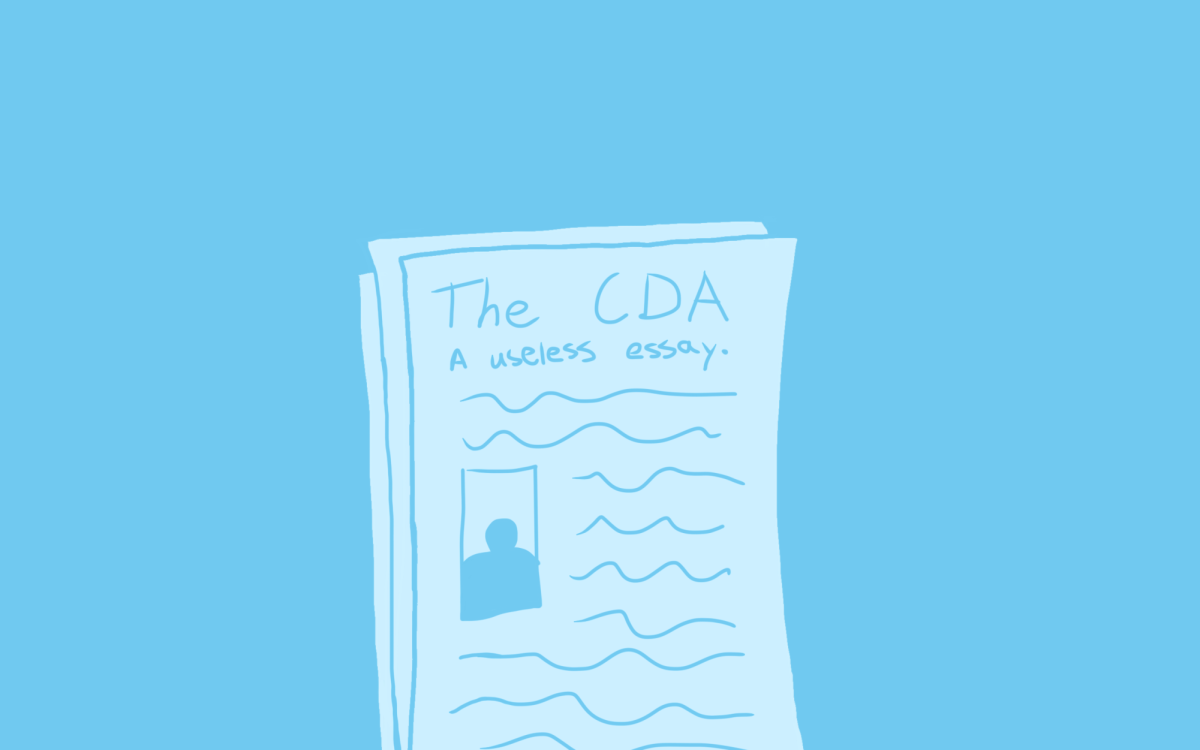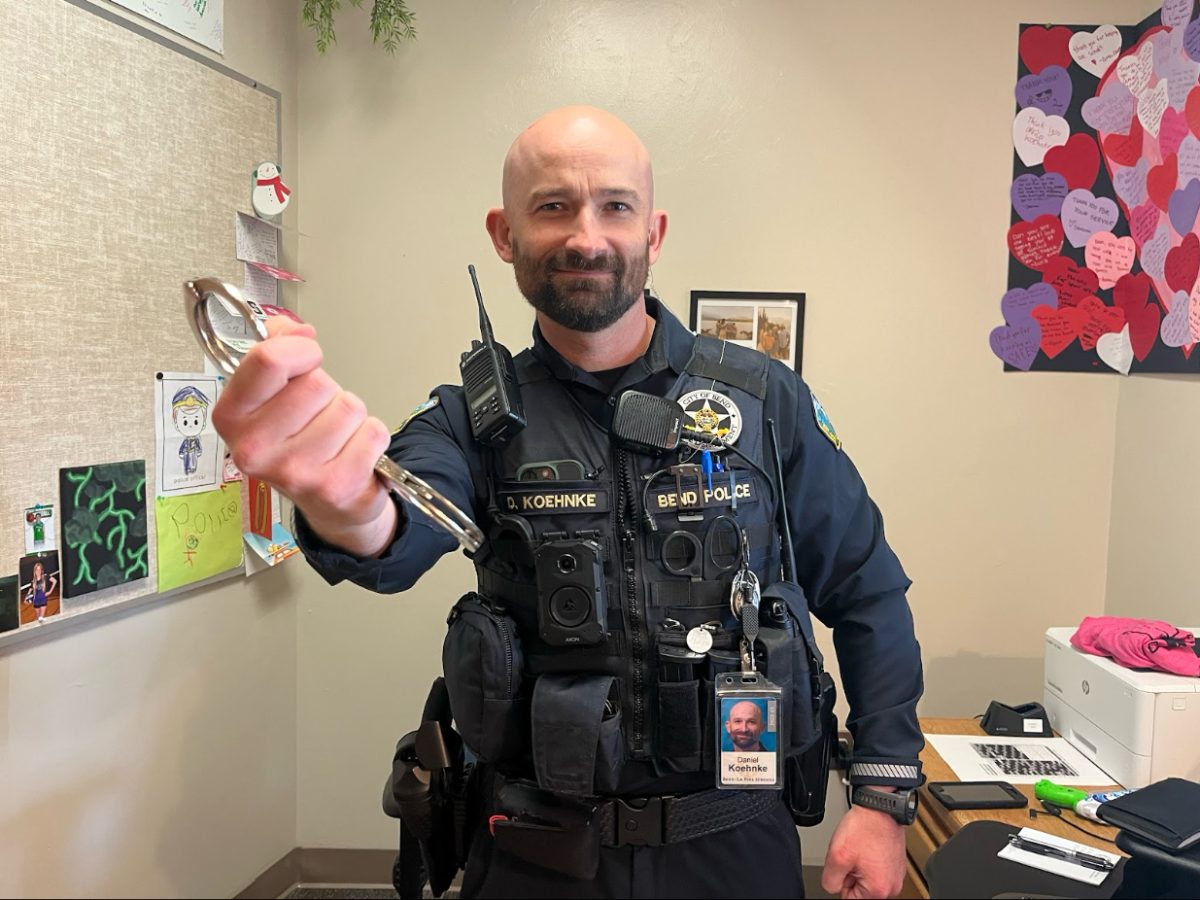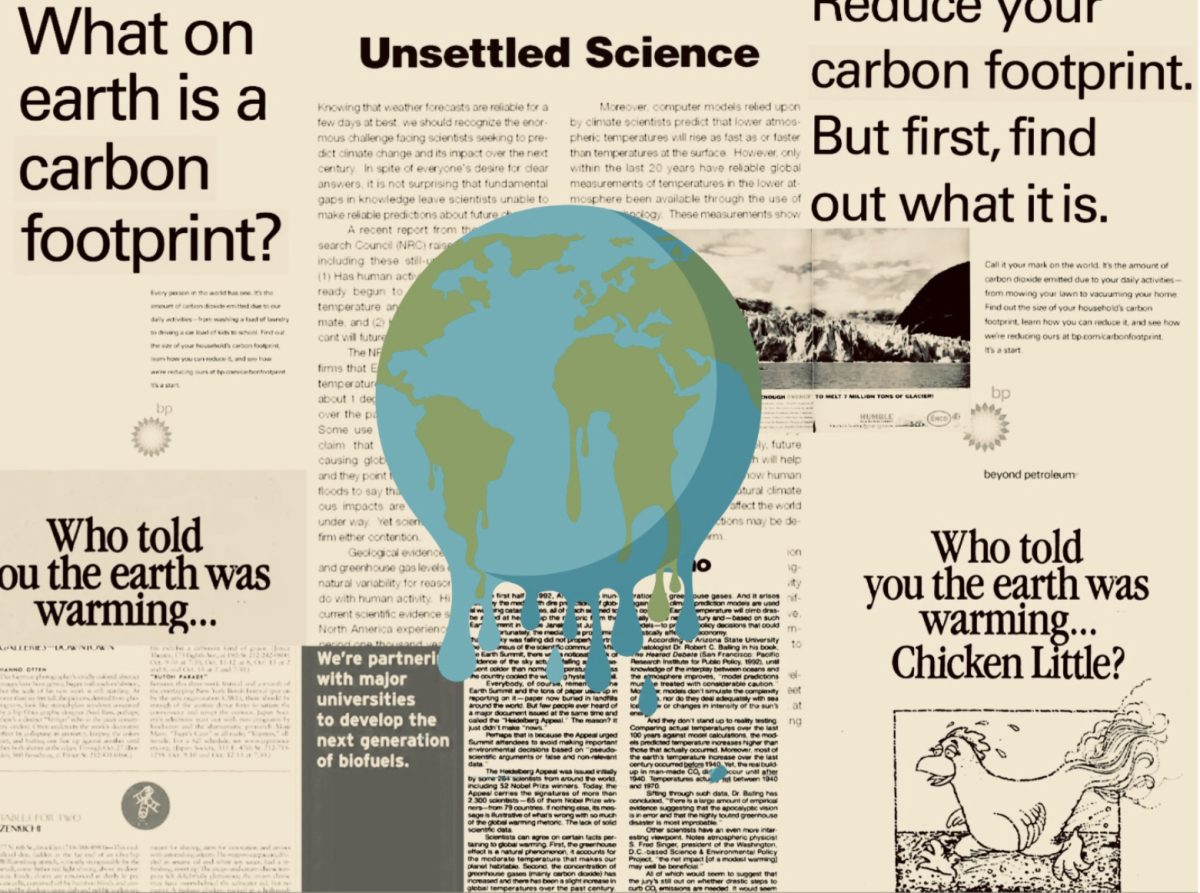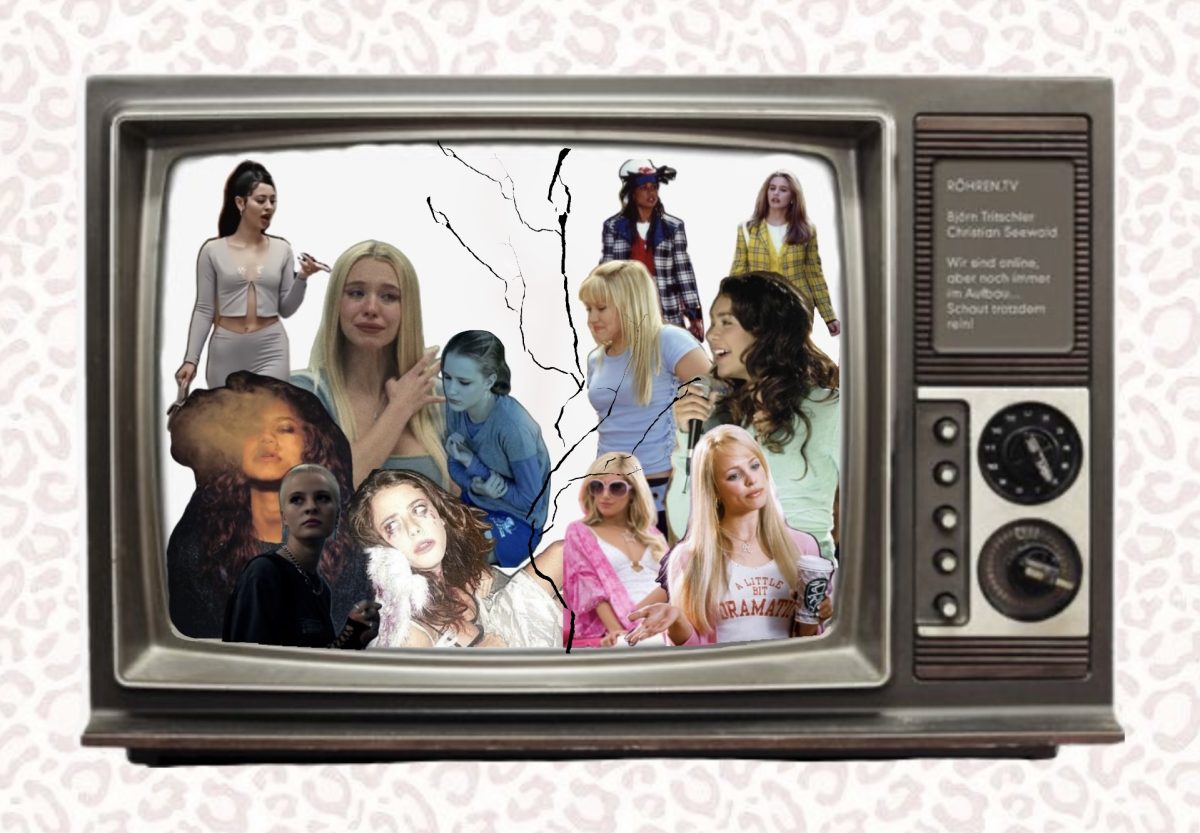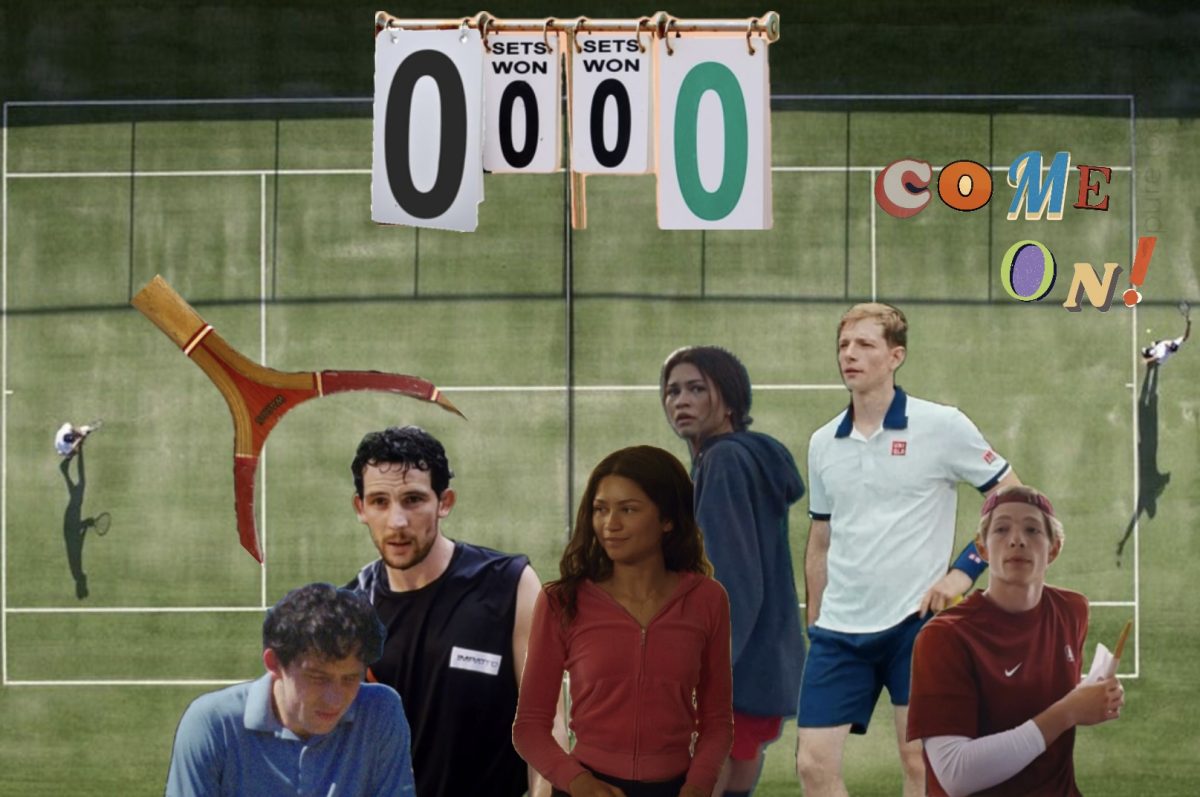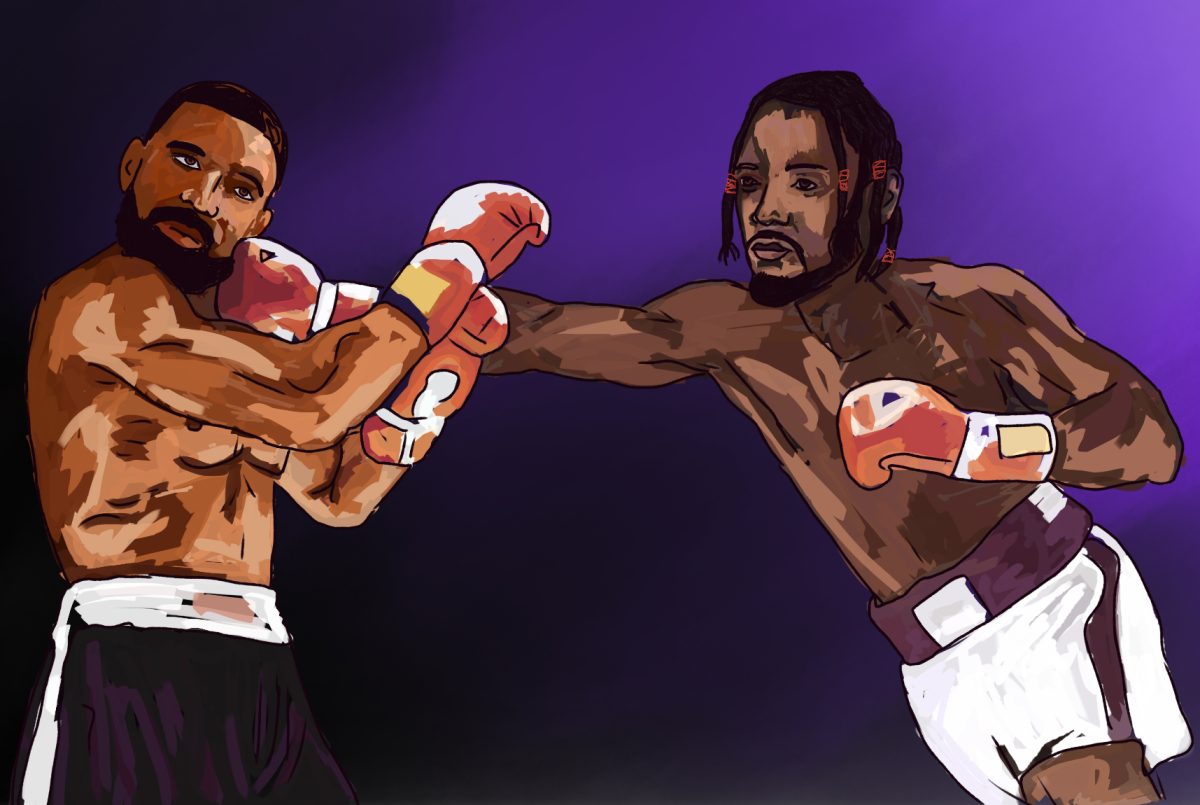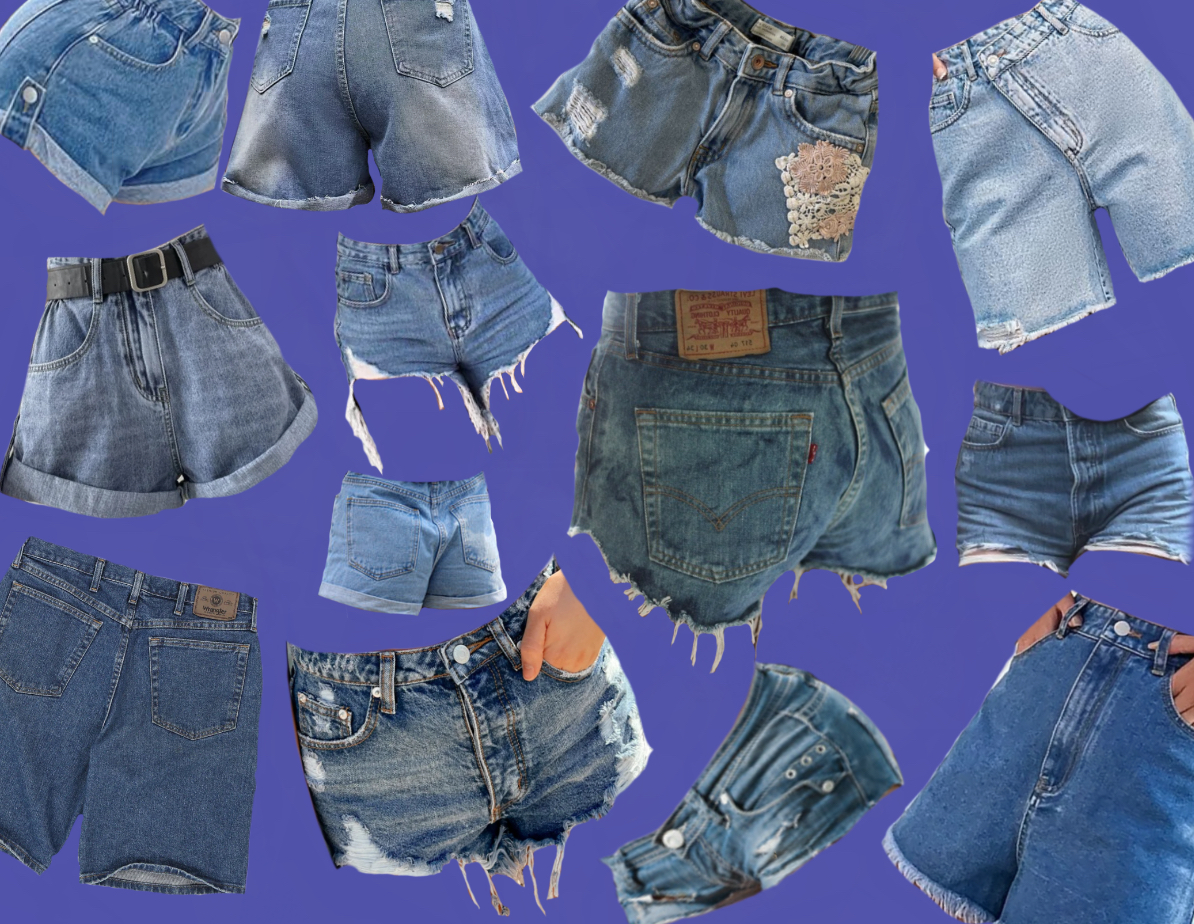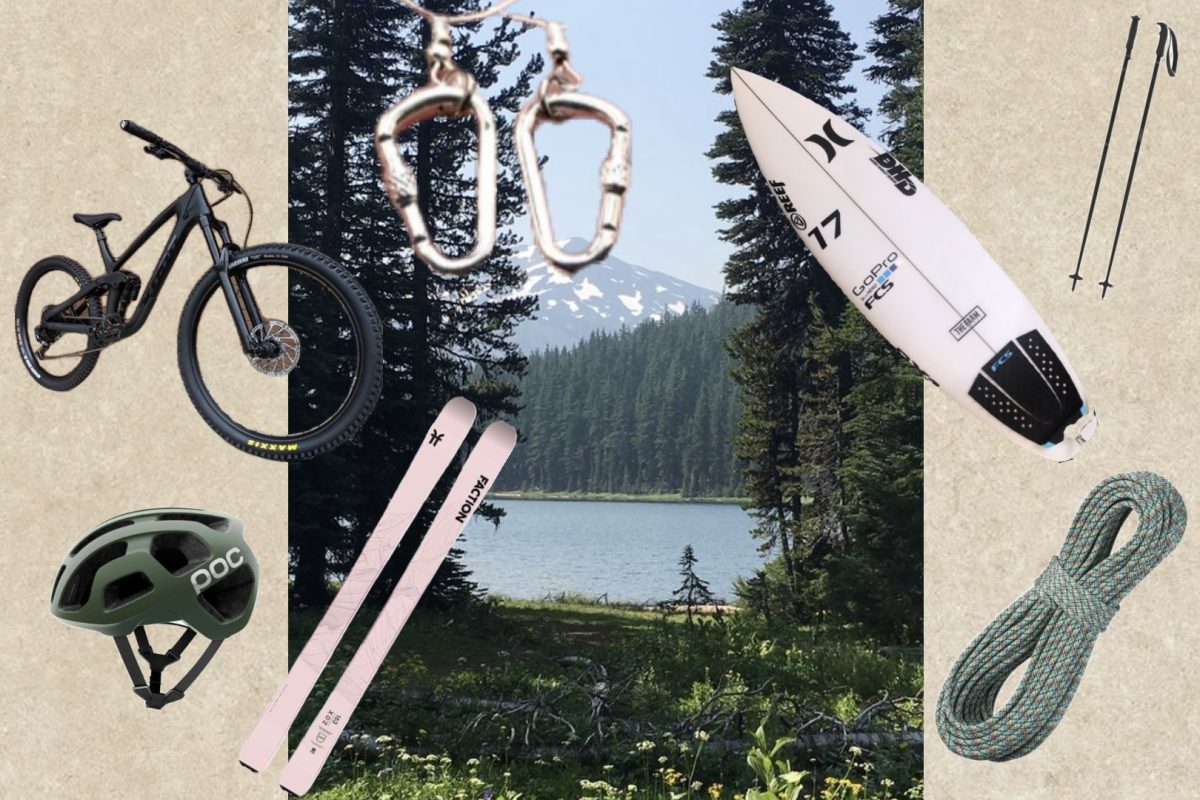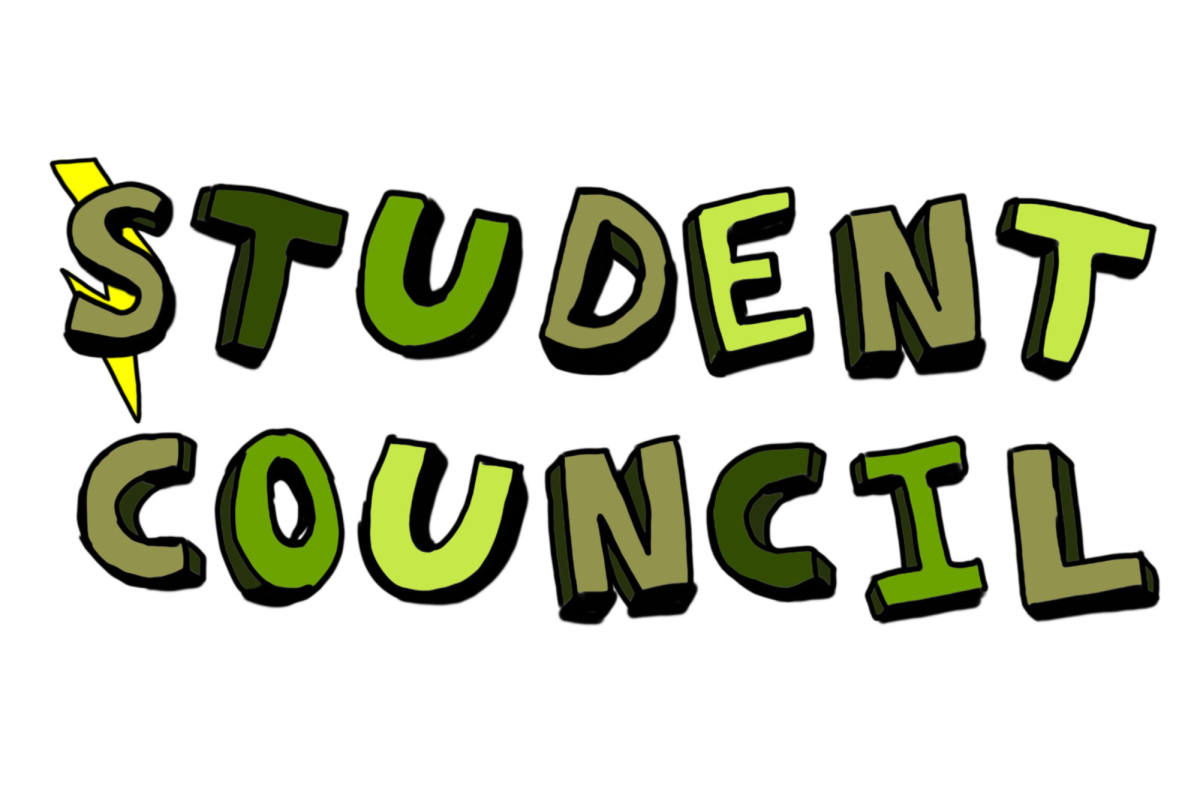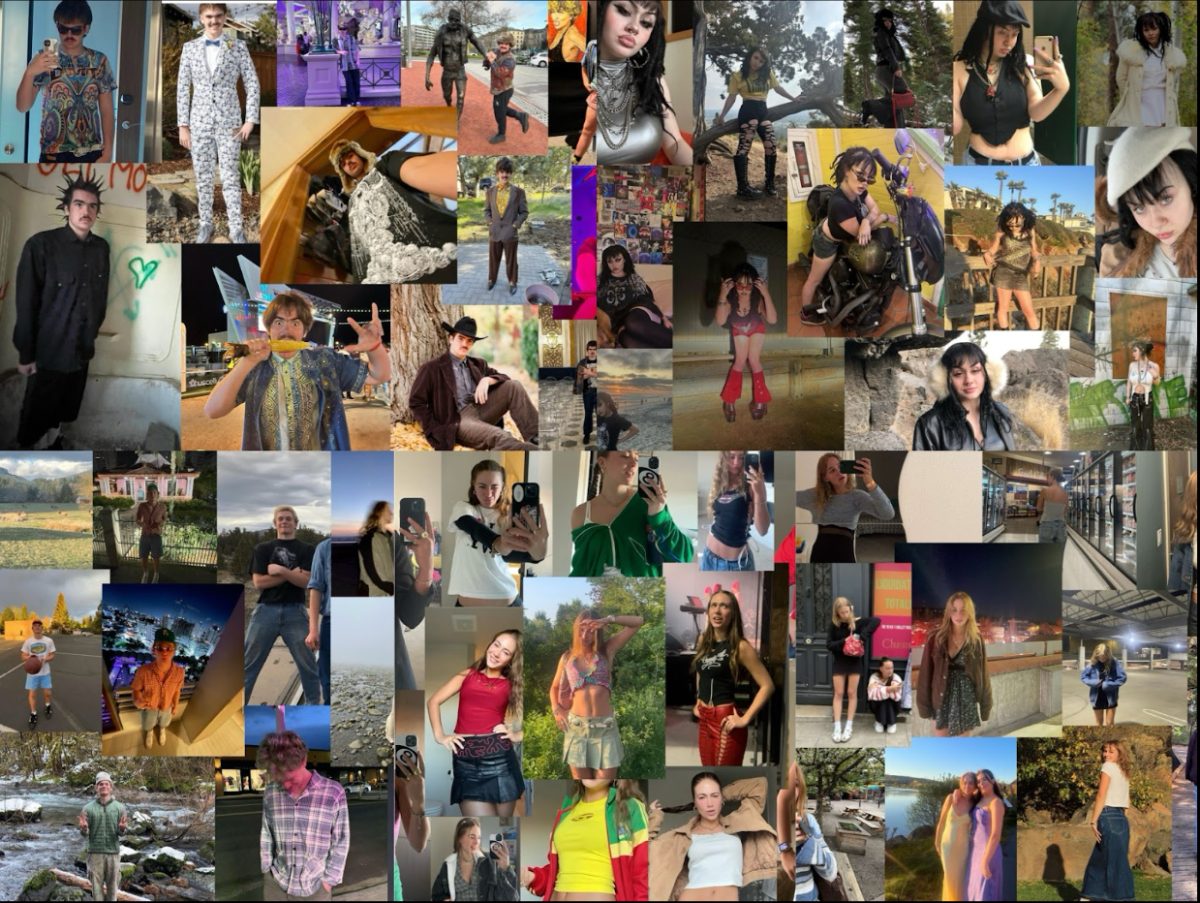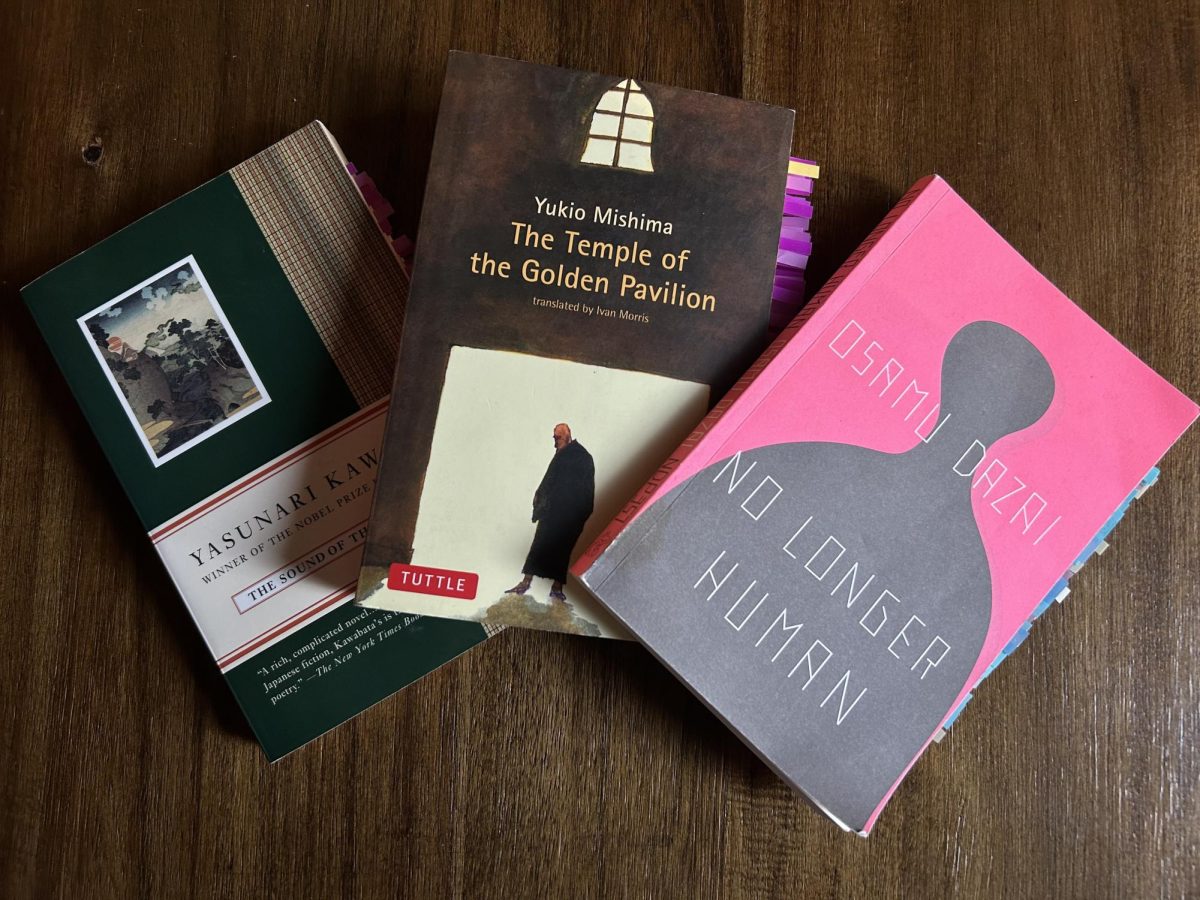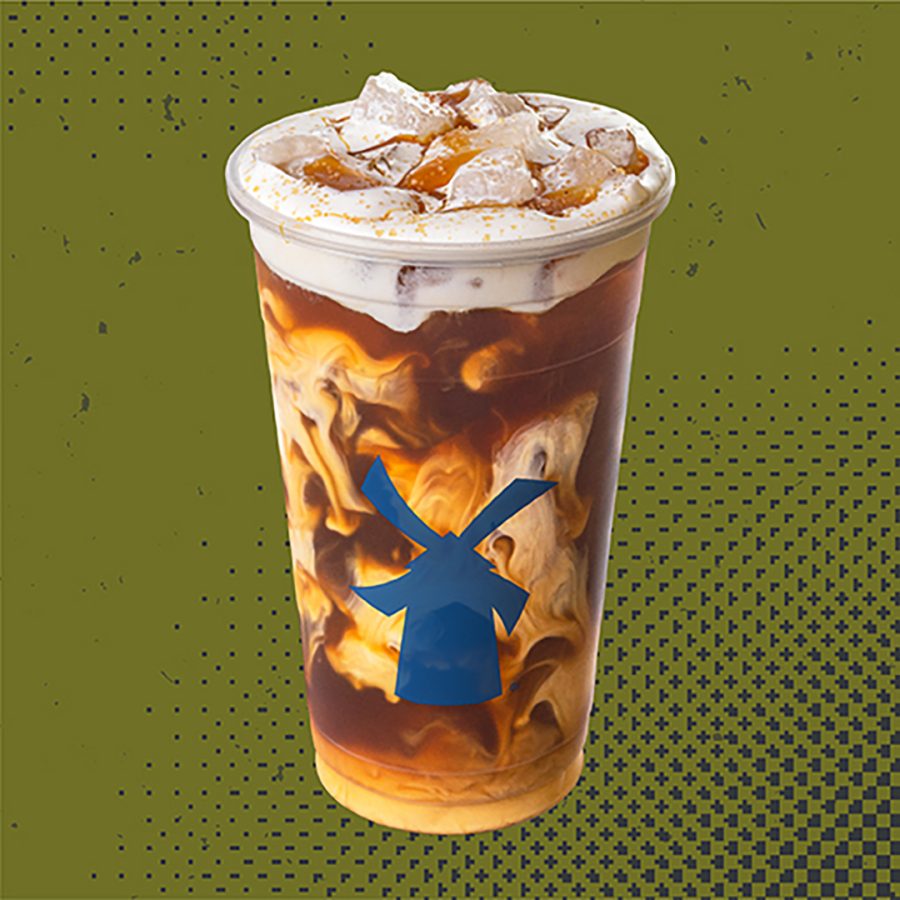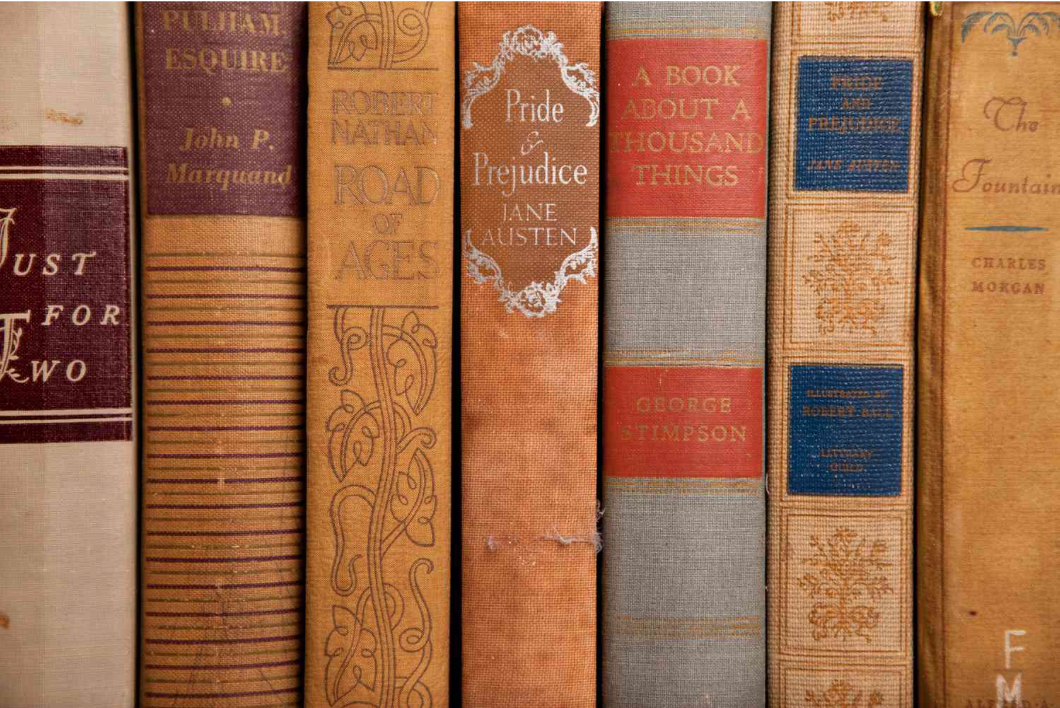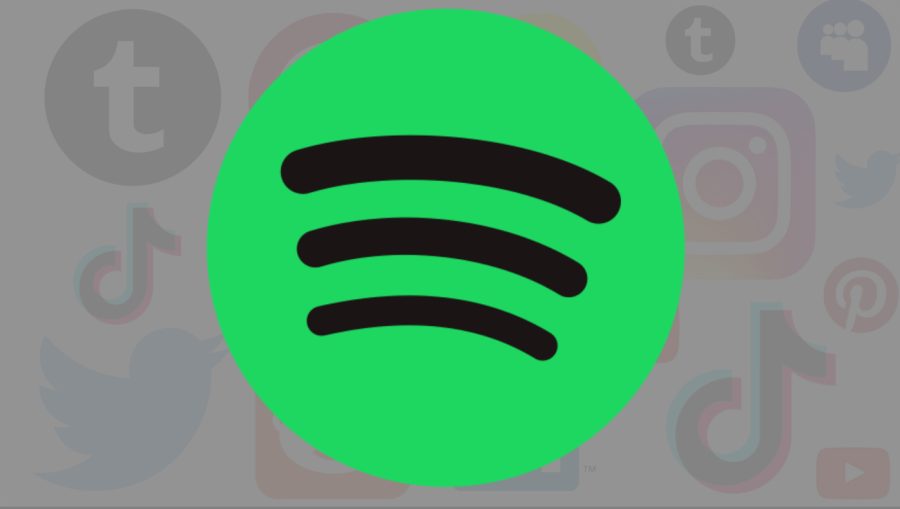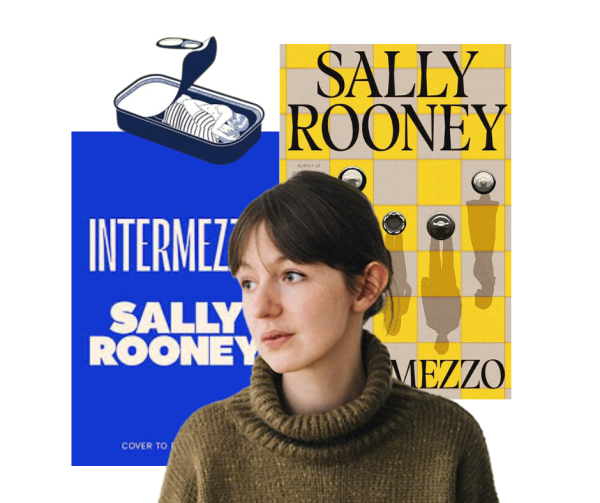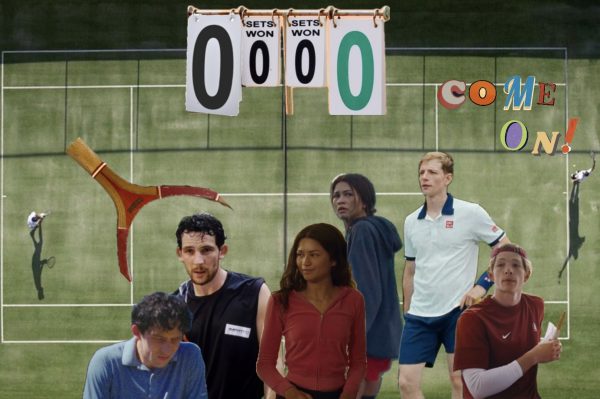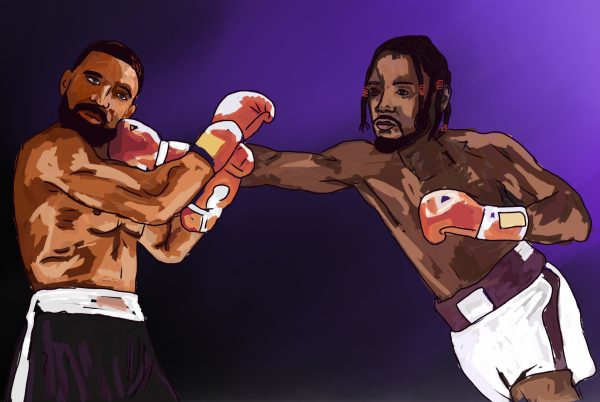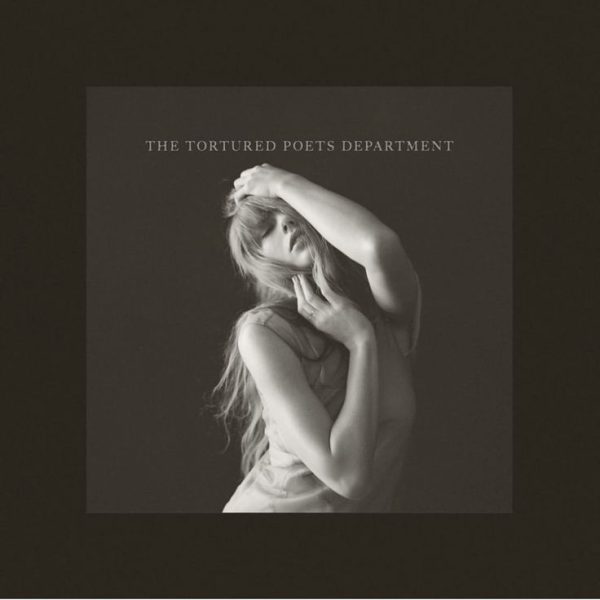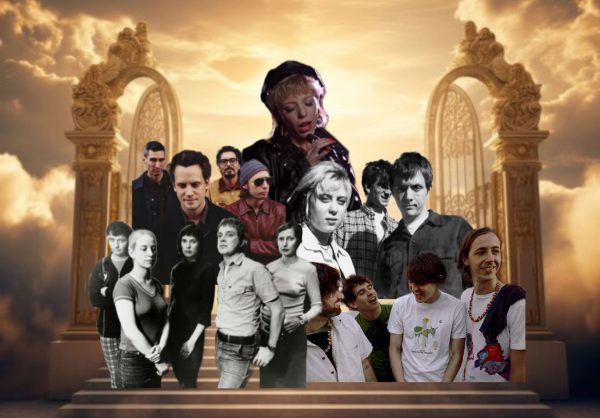The Evolution of Spotify
New interactive and social elements are transforming the app along with the culture of music listening
Spotify users active this January might have seen a notification to start a “Playlist In A Bottle.” To “send your future self a musical time capsule” (as reads the description on the Spotify website), users can select songs that fit prompts provided by the app. Questions vary from “one song that won’t make any sense next year” to “one song I’m gonna see live in 2023” and then send these mini playlists back to Spotify to be “unbottled” next January.
With every new update, Spotify is increasingly becoming an interactive social platform that has evolved past being a simple music streaming app. As time passes, the app seems to turn into a new kind of musical social network. Are additions like the Playlist In A Bottle an engaging way to remind listeners of their past musical habits or a clever marketing ploy with the sole purpose of keeping users on the platform for another year?
Curated playlists made by Spotify are more heavily advertised by the platform than ever with the establishment of a “Made For You” section containing playlists of algorithm-based music tailored to your tastes. This section includes the Discover Weekly—a weekly updated playlist of new music—Daily Mixes 1-6—each based off of a specific artist with some of your liked songs mixed in—and Mood and Genre mixes based on your listening habits. Finding new music has never been easier and new Spotify features that aid users in expanding their tastes have the potential to increase current listeners’ excitement about music.
“I like that it doesn’t put songs that you have heard before in them. You can find more things,” said junior Lincoln Hammond, a Spotify user who logged more than 55,000 hours on the app in 2022.
World history and human geography teacher Sarah Warsaw, who described herself as an “old school Spotify user,” stays away from the curated playlists and sticks to what she has in her musical library and recommendations from loved ones. The personalized playlists may lead to a future where listeners take less of an active stance in what they listen to, simply allowing Spotify to choose, and Warsaw commented that this could cause the disappearance of small artists.
“I would assume…the small artist is going to go away on Spotify. I feel like it’s mostly gonna be dominated by things that are popular.”
However, if Spotify gets too targeted in their recommendations with popular music, people might turn to more underground bands in rebellion. “I love that cyclical music culture,” Warsaw added.
Some elements of Spotify have gradually transformed it into a kind of social media. Spotify users can follow each other, see each other’s public playlists and create new ones together, see what friends are listening to in real time and have Spotify create a “blend” playlist mixing their and their friends’ songs together.
“Social media isn’t the best thing ever—Instagram, Snapchat, all that stuff—but I think it’s a healthy social media. Instagram is kind of about presenting your best self, and I don’t think Spotify is like that…I think it’s a good way to interact with people in a not fake way,” said Hammond.
On the other hand, some students would prefer that Spotify was only about music streaming. “I don’t usually treat it as a social media. I have a lot of stuff private because I don’t want to have to share my music. But I think I’d prefer if it wasn’t a social media and was more just a way to listen to your music without having opinions about it, or talk about it, because there’s other places for that,” said music lover Jessamine Mauer, a junior at summit.
Aside from what Spotify allows users to create and access on the platform, it also encourages listeners to take their music listening experiences to other apps. Sharing songs or specific lyrics is made easy by the app, with the share button right in the corner and the new lyric feature allowing users to select specific lyrics and send them right into Instagram or messages.
The most obvious example of Spotify features transferring to other platforms is the once-yearly Spotify Wrapped. Every November, Wrapped attracts millions of people to view and share the brightly colored slideshows breaking down their music for the year. Mainly on Instagram and TikTok, users share the data Spotify has gathered throughout the year about their top genres, artists, and songs, flexing their listening times.
Internet slang and buzzwords included in Wrapped further hammer in the point that Spotify is targeting young social media users. A new feature of 2022 Wrapped was colorfully worded descriptions of what moods you listened to depending on the hour. Your mornings may have been described as “Hype Lit Energy,” while your afternoons were more “Pastel Goth.”
Junior Lincoln Hammond described Spotify Wrapped as the best part of Spotify, a popular sentiment among listeners who enjoy reflecting back on their listening habits and comparing with their friends.
“It’s like my goal in life to get 100,000 minutes. I just like seeing what I listen to. I like–not judging people in a harsh way–but judging what people listen to, like damn, ok!”
Patrick Kilty, a history teacher at Summit, thinks that the increasingly social music culture is a great thing for connections among listeners and heightened accessibility of music. “Music is a wealth that everybody can get access to, and one thing that brings friends together and helps people know who their friends are and who are people they might not want to hang out with, one way to do that is music,” said Kilty. Across millennia, music has been an instrument of interpersonal connection, and virtually sharing music on spotify could be an inventive modern way to connect people through music. The Evolution of Spotify
Some people enjoy the interactive and social elements, claiming that it enhances their music listening experience. However, some people feel that Spotify is doing too much to decide for the user what to listen to. Even Spotify’s recent “Playlist In A Bottle” had the option of letting the app choose a song for you per prompt. Regardless of opposing opinions on Spotify’s new additions, it’s clear that music listening today is starkly different than it has ever been before. Music streaming platforms will continue evolving to meet the needs of the digital generation, leaving listeners with only one question: what’s next?
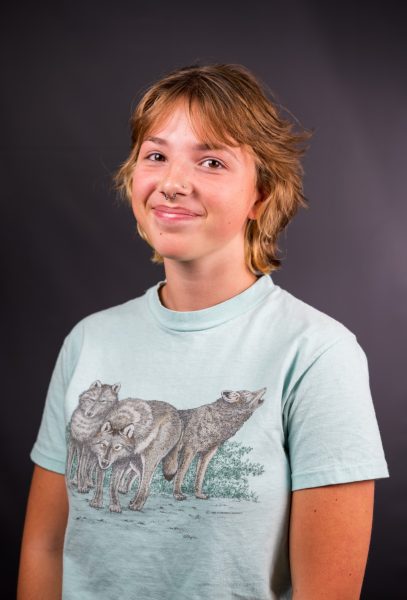
Features Editor Jesse Radzik is just like your average grandmother, if said grandmother managed to avoid bone degeneration enough to play varsity tennis. She greatly enjoys reading in little nooks, doddering...


